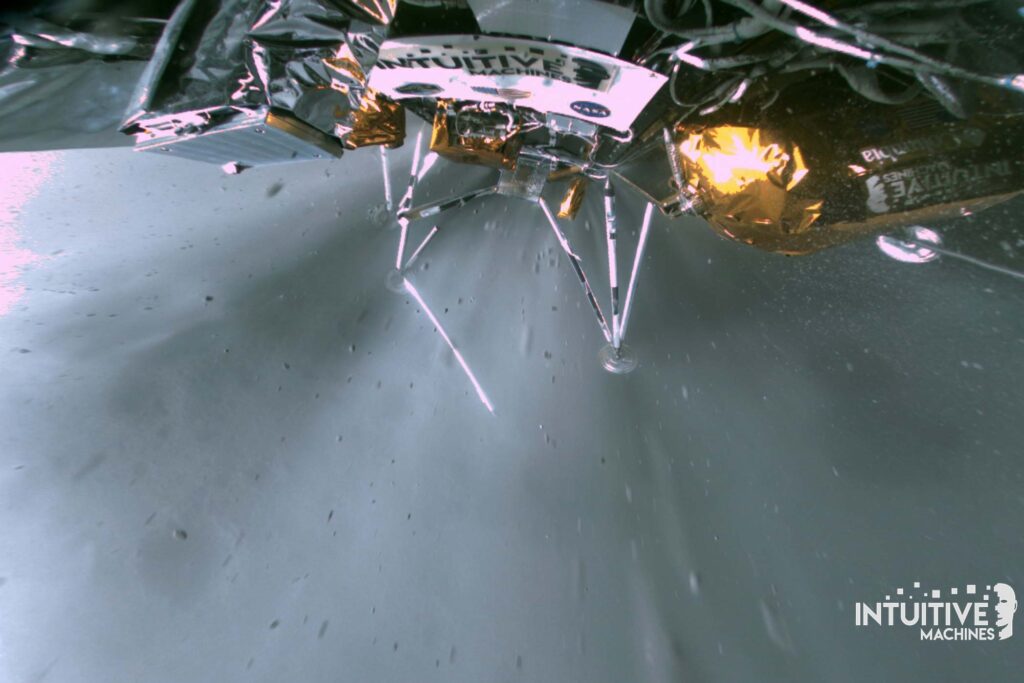Almost a week after the Odysseus lunar rover reached the surface of the moon and the public release of new images of it, the engineers of Intuitive Machines Company were able to find out what this spacecraft experienced in the moments before, during and after its historic landing.
According to OrztechnikaSteve Altmus, the CEO of Intuitive Machines, shared interesting information about the condition of the lunar lander during the controlled descent to the moon on the morning of Friday, March 4, Iran time, during a news conference.
Last week, mission operators anxiously watched the Odysseus landing from their control room in Houston; Because the lunar range finders were out of order. A last-minute attempt to use altitude data from NASA’s test payload on the spacecraft also failed; Because the lunar flight computer could not process that data in time. As a result, Odysseus actually landed on the moon without any instantaneous altimetry data.
The lunar range finders were out of order
The last communication received by operators indicated that the lander was sitting on the surface of the moon in an upright position. But then what scared the operators was that all telemetry data from the spacecraft stopped being sent. They were worried that the worst possible scenario had happened.
Overturning on the moon
About 10 minutes later, the rover sent a weak signal. At that time, based on the spacecraft’s inertial measurement unit, it appeared that Odysseus was tilted to some extent; But the signals were confusing. On Wednesday, Altmus explained that the engineering team has been putting the pieces of the puzzle together ever since.
Due to the lack of altimetry data, the lander thought he was approximately 100 meters above the surface of the moon; As a result, when it hit the surface of the moon, it was traveling almost three times faster than expected (about three meters per second). Also, the spacecraft was descending from the side with respect to the surface of the moon at a speed of nearly one meter per second.
“We hit the surface of the moon harder than expected and skidded along the way,” Altemus said. At the same time as the spacecraft collided and slid, the engines were still generating power. Then, just as the rover landed hard, there was a violent oscillation in the engine’s combustion chamber. All these events happened while Odysseus made his historic landing automatically.
As soon as the lunar lander hit the surface of the moon, one or two of its landing legs broke due to the force of the impact. Then, right at that moment, while the propulsion system was still on, the spacecraft’s camera took a picture of this scene. Intuitive Machines released the spectacular image you see above on Wednesday. “We sat upright and the engine stayed on for a while,” Altmus said. Then, as the engine slowed down, the spacecraft slowly overturned.”
Based on the moon’s gravity, Intuitive Machines and NASA calculated that it took about two seconds for Odysseus to capsize. The rover fell sideways and its helium tank or radio communication equipment made contact with the lunar surface. Falling on this bulge, along with the Earth’s 12 degree tilt, meant that the lander was now lying on the moon at a 30 degree angle. On Tuesday, the spacecraft released an image confirming these results.



